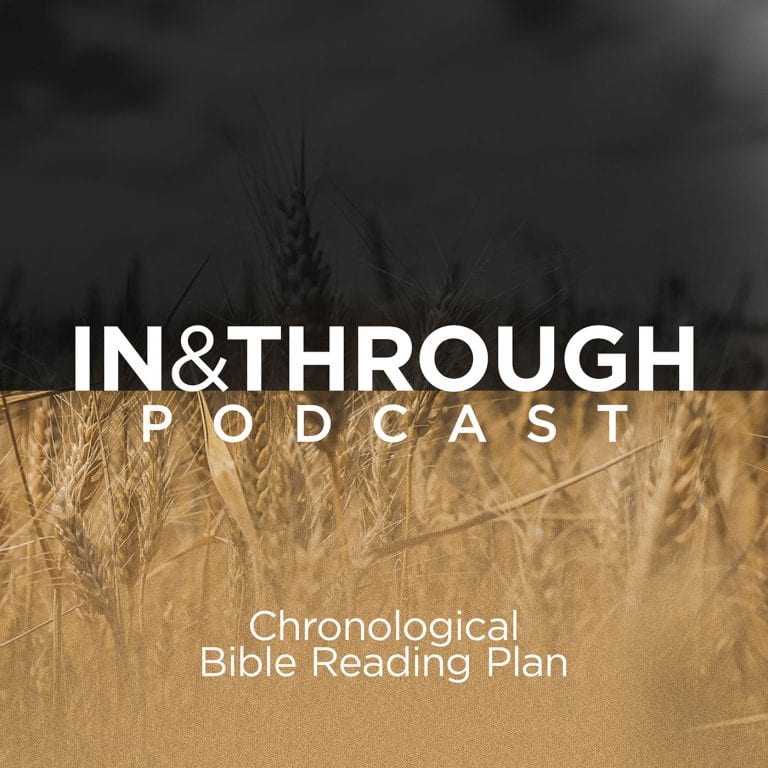Peter Jones (1802-1856) was one of the great Canadian Methodist leaders of the first half of the nineteenth century. As a missionary to the core, Jones rubbed shoulders with royals and bishops, spoke to crowds of thousands on both sides of the Atlantic, worked as a Bible translator, and was instrumental in the merging of Wesleyan Methodist denominations. All this was done with the ultimate goal of effectively reaching the Ojibwe people of Ontario with the gospel.
While it should be already clear from this introduction why Jones is a name deserving of remembrance and study, there is one more significant historical fact to appreciate: Jones did all this while also being the first Ojibwe person to be ordained as a Methodist minister. Born to a white Canadian father (a United Empire Loyalist of Welsh descent) and a Mississauga Ojibwe mother, Jones became a leading Methodist father of Canada while also straddling the two, often competing, worlds of indigenous and settler Canadian cultures.
Jones became a leading Methodist father of Canada while also straddling the two, often competing, worlds of indigenous and settler Canadian cultures.
In addition to all of his activities and accomplishments as a Methodist leader and missionary, Jones was also an activist and politician; one time being elected a chief of the Mississaugas. Jones’ name is worthy of popular recognition, especially among Canadian Christians today as we continually seek to understand and respond to our past and present relationship with our indigenous communities.
Given everything I have just shared about Jones, a short piece such as this one could literally cover dozens of different encouraging or convicting topics in relation to his life and ministry. The one I chose is Jones’ work on hymn translation.
In 1877, the Toronto office of the Methodist Missionary Society printed a collection of hymns. What made this otherwise standard hymnal unique is that it contained traditional English evangelical hymns with their translation into Ojibwe. As stated on the cover, this Methodist hymnbook was specifically published “for the use of the Native Indians.” Also stated on the cover page, and of particular significance to us here, is that these hymns were translated by none other than “the late Rev. Peter Jones”.
Again, there is so much that could be said about this work and its reception. For now, I will focus on Jones’ brief preface to this hymnal, specifically his impetus for translating the hymns, and highlight three observations worth appreciating, considering, and perhaps, applying.
Jones writes:
“The old edition of the [Ojibwe] Hymn Book having been out of print for some time, I have received repeated and earnest solicitations from the converted Indians at the various Wesleyan [Ojibwe] Mission Stations to have it reprinted, stating as their reason that as the Great Spirit had made their hearts to rejoice whilst singing his praises in the language of those hymns, they still wished to retain what had been made a blessing to them in their first efforts to serve the Lord.”
Despite any presuppositions people may have concerning traditional hymnody, evangelical missions, or Christianity and indigenous relations, there are several historical realities to acknowledge here:
Firstly, it was the everyday lay Ojibwe Christians that desired the hymnbook. Given much of the discussion related to Canada’s dark legacy with residential schools, it would be understandable to assume that indigenous-missionary relations were always ones of coercion, mistreatment, or hostility. Yet, what Jones’ preface communicates is that, in certain times and places, there was a widespread and eager desire by indigenous peoples to get their hands on Christian materials.
In this instance, it was not the Methodist Conference seeking to disseminate their hymns to unwanting Ojibwe; rather, it was the Ojibwe from various communities who eagerly requested the hymnal. Regardless of their past, clearly, the gospel and evangelical religion had taken hold among these missions, and their converts earnestly sought to mature in their faith. As we wrestle with our past, Canadian Christians today must not forget these stories of genuine conversion and spiritual growth, which took place in the same century as some of our darkest moments.
Secondly, the Ojibwe Christians recognized that God (i.e. the Great Spirit) used the singing of hymns to work in their hearts. Built into their insistent request for a new hymnbook was an understanding that the singing of hymns was not just the singing of hymns; it was a spiritually and socially significant aspect of their life and worship.
While in Jones’ preface this theological conviction is presented through the lens of language and translation, I believe we are left with a more general challenge: The Ojibwe Wesleyan Methodists of the nineteenth century had a high view of hymnody and congregational singing. What about us? Do we recognize the many ways God uses our singing to work in us? Do we embrace the power of congregational singing in helping us remember truth or drawing our churches together as communities? Do we accept what our hymnody says about our faith, worship, and love? It certainly appears that the Ojibwe of 200 years ago did all of these things. Learn from their example, and eagerly seek, defend, and promote sound hymnody in our churches.
Thirdly, the Ojibwe saw benefit in having access to and singing evangelical hymns in both the language of the hymns’ authors and their own indigenous language. As twenty-first century Canadians, one of the largest issues facing our churches is how to effectively, lovingly, and faithfully reach our various immigrant communities. One of the most significant questions within this topic is how to view and apply assimilation. As churches and denominations are considering how to approach language barriers, mono-cultural churches, and other related topics, I believe we have an important conversation partner in the missionaries and mission communities of the nineteenth century. Interestingly enough, the Ojibwe saw the immense spiritual value of singing praises in both their traditional language and the language of the broader Christian landscape.
At the time of Jones’ translation and writing, it appears that one major approach to language and culture in the Church was a sort of balancing act rather than full translation or assimilation. While there are many differences between nineteenth century indigenous Canadian peoples and twenty-first century immigrant Canadian communities, surely there is a place for learning, discussing, and applying shared priorities and principles.
The nineteenth century was an important time for Canadian church history. It was an era of the establishment of great theological institutions and denominations, the founding of churches and chapels, and a period of translation and growth. While there is much to lament and recover from during this century, there is also much to celebrate and praise. Get to know figures like Peter Jones, learn from and appreciate the faith and practice of our indigenous Canadian church communities, and share these stories with your families and churches. God has worked powerfully among nations, and that is true even in Canada’s recent history.






















